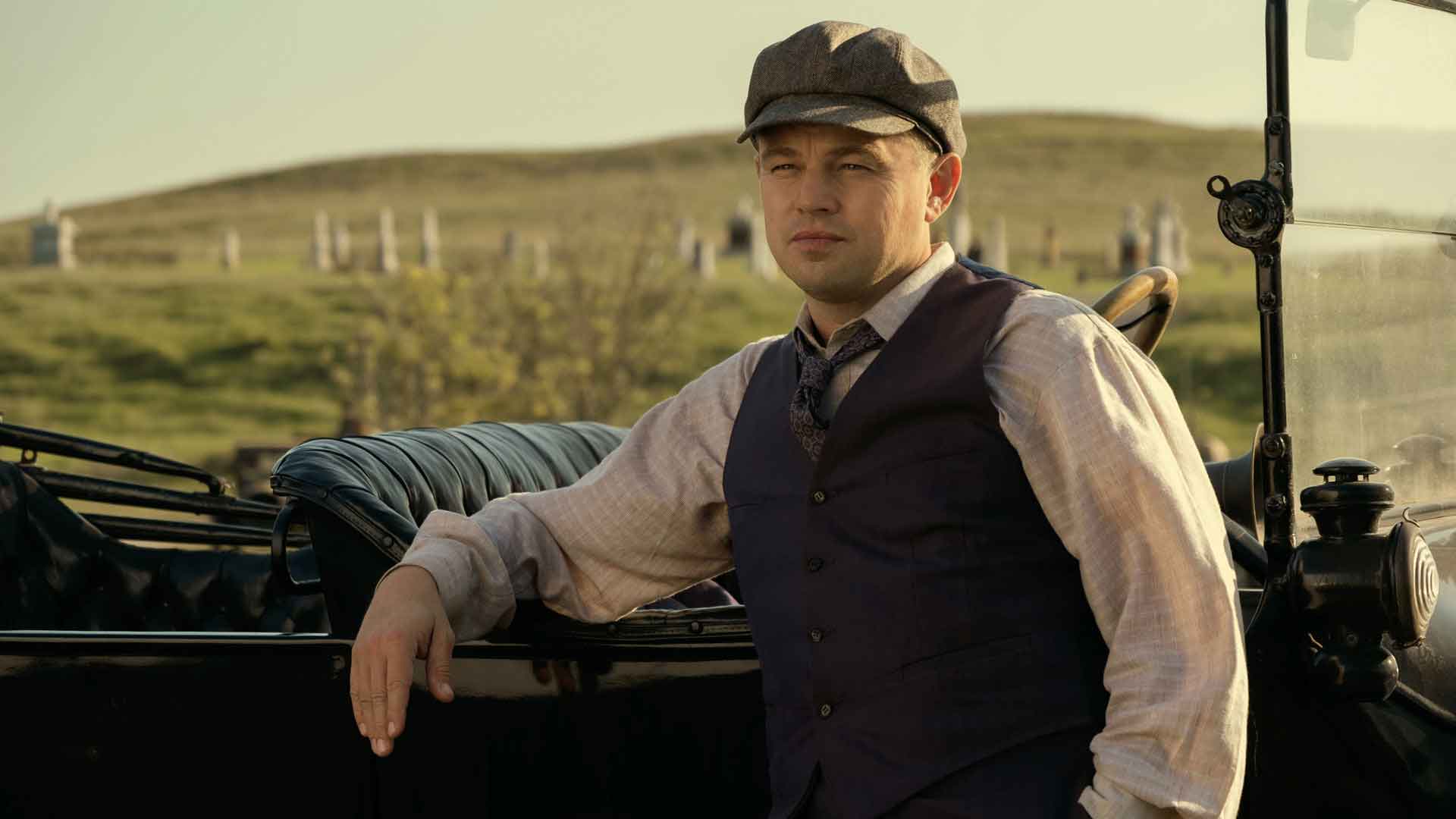“Killers of the Flower Moon.” Toward the conclusion of the book, it becomes clear that the Osage murders were a result of a conspiracy to acquire the valuable oil-rich land owned by the Osage tribe members.
The ending reveals that William Hale, a prominent and influential local rancher, was at the heart of the conspiracy. He orchestrated the murders of numerous Osage individuals in an attempt to gain control of their wealth and land. However, with the diligent efforts of the FBI, particularly Tom White and his team, the truth begins to unravel.
Ultimately, Hale is arrested and charged, but the book ends without a complete resolution or closure for all the crimes committed. There’s a sense of lingering injustice as not all perpetrators were brought to justice, leaving some loose ends and unresolved aspects of the case.
The conclusion underscores the tragic exploitation and discrimination against the Osage people and their struggle for justice in the face of such corruption and violence.
‘Killers Of The Flower Moon’ Symbolism And Epilogue

@Still from ‘Killers of the Flower Moon’. (Image: Amazon Prime)
The epilogue delves into Mollie Kyle’s later years, surprising audiences with Scorsese’s unexpected appearance, offering a justified twist to the ending. Already contemplative, Scorsese’s narration adds a deeper layer of complexity.
In a climactic acknowledgment, Scorsese reveals Mollie’s obituary conveniently omits her family’s orchestrated murders, a major revelation that unveils the painful truth underlying both the film’s narrative and the broader existence it encapsulates.
The movie’s depth shines brightest at the end, where it tells what happened next through a radio show. It reveals a bunch of stuff at once—like how Robert De Niro’s character, William King Hale, got arrested and then set free, how Leonardo DiCaprio’s character, Ernest Burkhart, got pardoned, and how Lily Gladstone’s character, Mollie Kyle, passed away. They use sound effects and acting to tell the news.
Something odd the movie did was turning a terrible story about racism and greed into a radio show filled with ads. It kinda showed how America sometimes turns its bad stuff into entertainment just to make money from it.
Does the Movie’s Climax Serve as a Subtle Apology from America?
In the movie “Killers of the Flower Moon,” characters like Ernest, played by DiCaprio, show how ignoring prejudice, wrongdoing, and lies affects not only the individual but also global events. Ernest, much like America historically, avoids reflecting on his own actions throughout the film.
It seems that the director, Scorsese, recognizes his own faults as a popular filmmaker in America. He’s taken a tragic part of American history—oppression—and turned it into a movie for which he’s aware of profiting.
To address this, Scorsese tries to take responsibility for his role in telling American history. He ends the movie by returning the focus to the Osage people. The film shifts from its intense climax to a scene of present-day Osage gathering, placing the story in its broader historical setting.
This move by Scorsese gives the movie a thoughtful ending, making it more meaningful and justifying its importance as a significant work.



